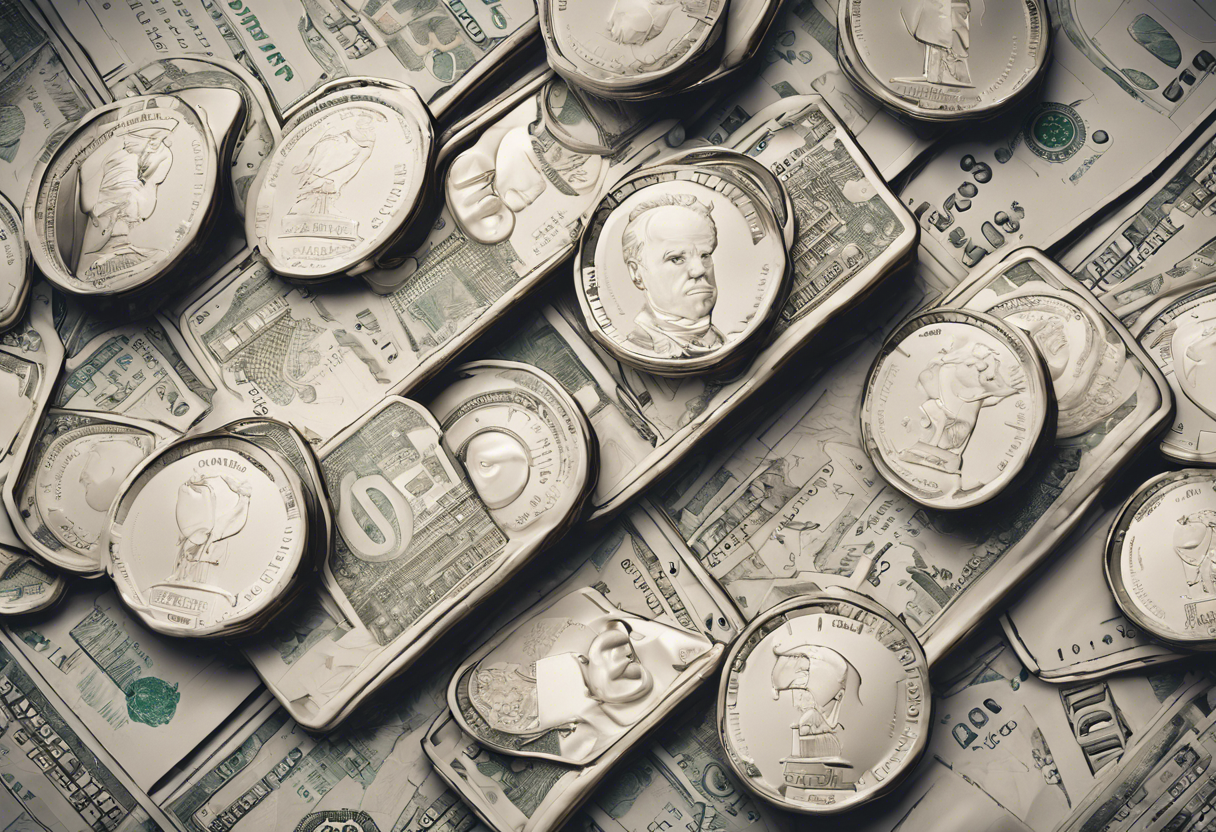The global economy is constantly in flux, with various policies and decisions impacting its direction. One of the key areas that policymakers focus on is the control of inflation and interest rates. The relationship between these two factors is a complex one, with each having an impact on the other. Inflation refers to the overall increase in the price of goods and services in an economy, while interest rates are the cost of borrowing money.
When it comes to economic policies, there are various tools that governments and central banks use to control inflation and interest rates. For example, increasing interest rates can help to reduce inflation by making it more expensive to borrow money, thus reducing consumer spending and demand for goods and services. On the other hand, decreasing interest rates can stimulate the economy by making it easier for individuals and businesses to borrow money and increase their spending.
However, the interplay between economic policies, inflation, and interest rates is not always straightforward. In some cases, raising interest rates may lead to a decrease in inflation, but it can also have a negative impact on economic growth. At the same time, lowering interest rates may stimulate economic growth, but it can also lead to an increase in inflation. Therefore, policymakers must carefully analyze the potential impact of their decisions on both inflation and interest rates.
Moreover, other external factors such as global
